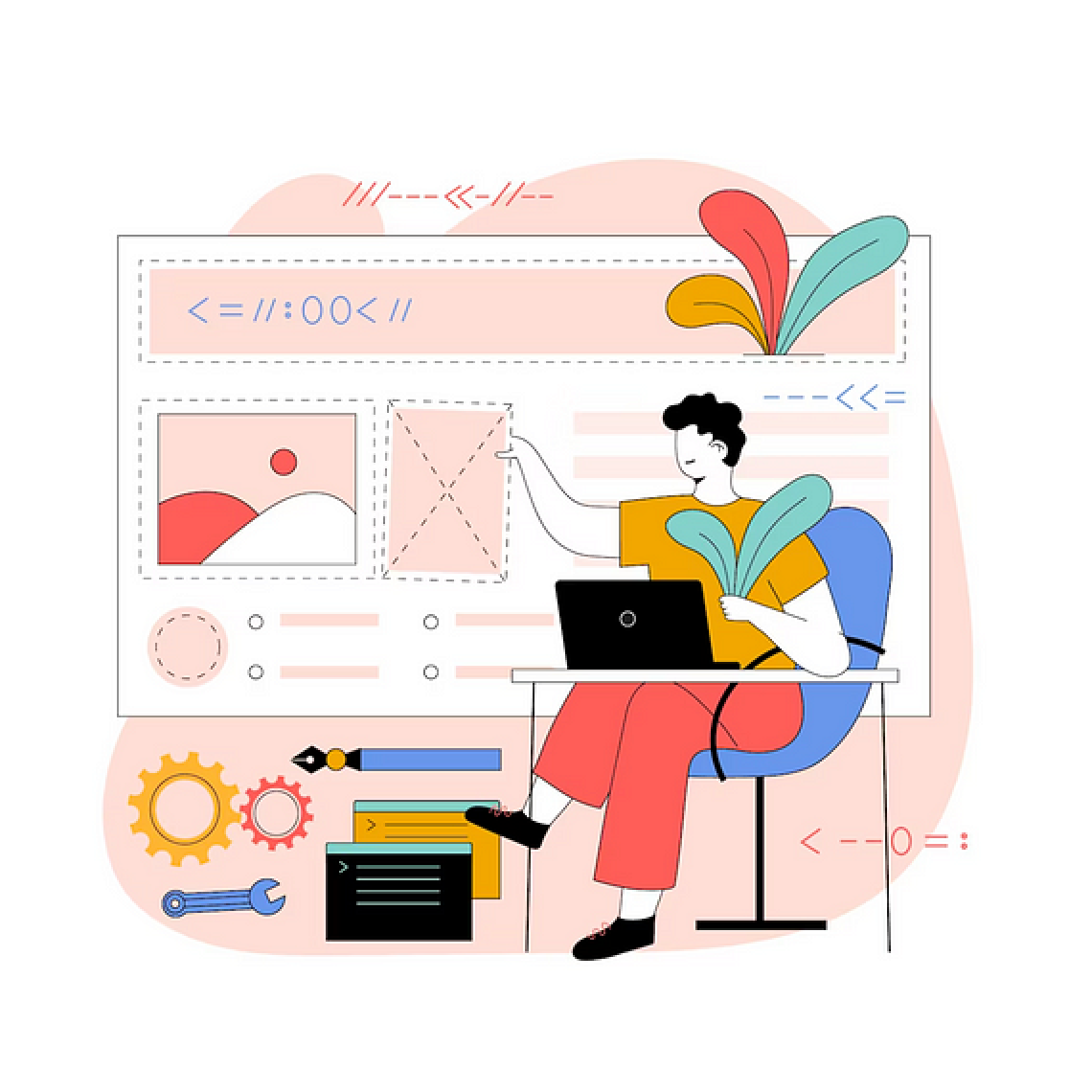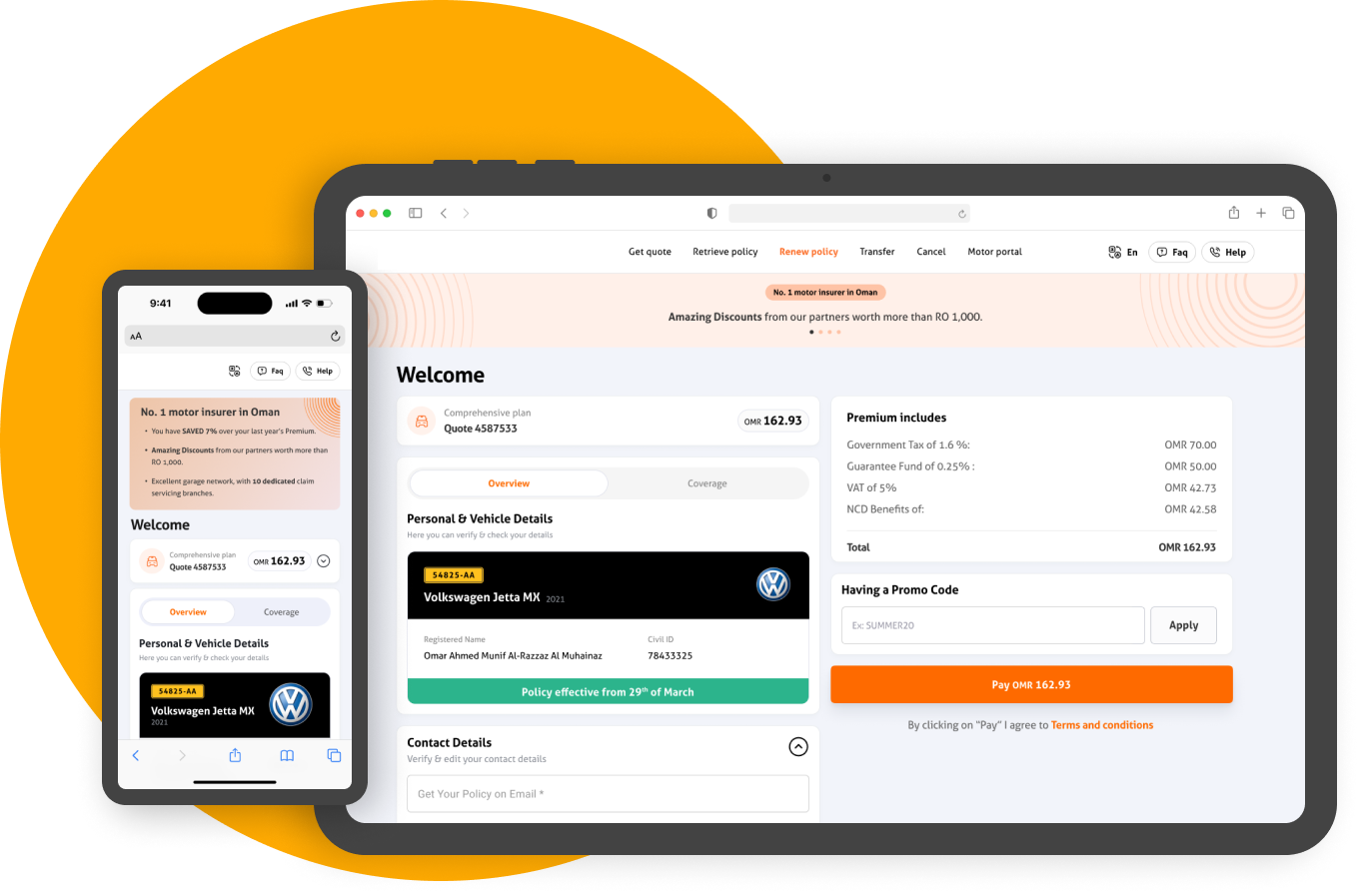Design services management is the process of overseeing the development, execution, and delivery of design projects. It involves coordinating the work of designers, developers, and other team members to ensure that projects are completed on time, within budget, and to the client’s satisfaction.
Effective design services management requires strong communication skills, attention to detail, and the ability to multitask. It also involves setting clear goals and expectations for team members, establishing processes for project management, and providing support and guidance as needed.
One key aspect of design services management is project planning. This includes establishing a timeline for the project, identifying milestones and deadlines, and allocating resources accordingly. It also involves identifying any potential challenges or risks and developing contingency plans to mitigate them.
Another important aspect is communication. Design services managers must be able to effectively communicate with clients, team members, and stakeholders to ensure that everyone is on the same page and that project goals are understood and met. This involves regular meetings and updates, as well as clear and concise written communication.
Design services managers also play a critical role in quality assurance. They must ensure that all deliverables meet the client’s specifications and are of high quality. This may involve reviewing designs, conducting user testing, and providing feedback and guidance to the design team.
Summary
Overall, design services management is a challenging but rewarding role that requires strong leadership, organizational, and communication skills. It is essential for ensuring that design projects are completed successfully and that clients are satisfied with the final result.
To learn more about UX and product design from industry experts, listen to our podcast — UX Banter available on Spotify, or watch the episodes on YouTube.
Also, do check us out on Galaxy UX Studio.



























